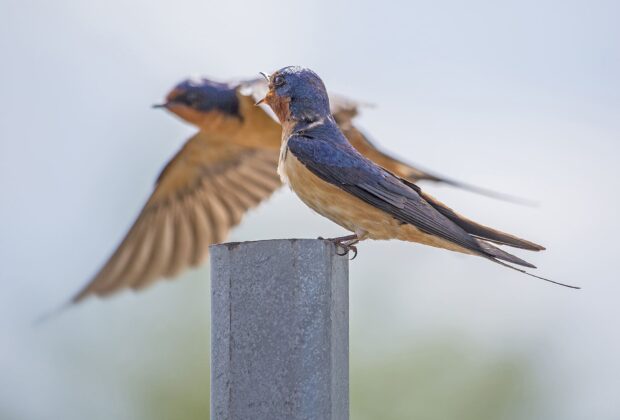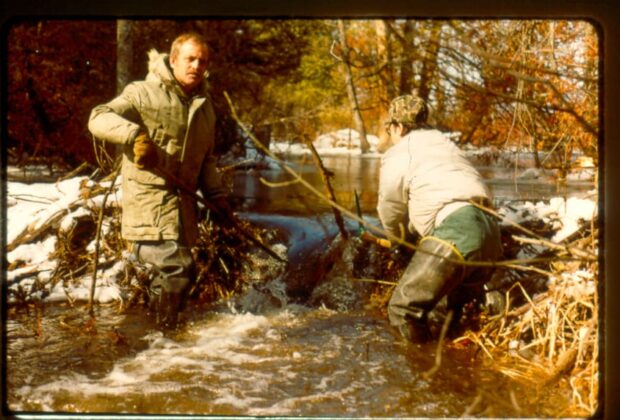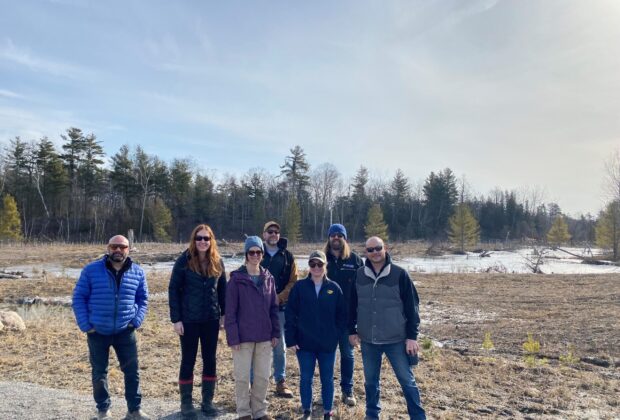Read These Stories Next

Lessons in habitat and hope
Why wetlands may just be the swell solution that help swallows succeed.

Five decades of conservation in Ontario
Celebrating 50 years of Ducks Unlimited Canada’s conservation efforts in Ontario: key milestones in wetland restoration, habitat protection, research, and innovative partnerships from the 1970s to today.

Partnerships at core of successful wetland restoration
Wetlands are quick to return once the conditions are right.